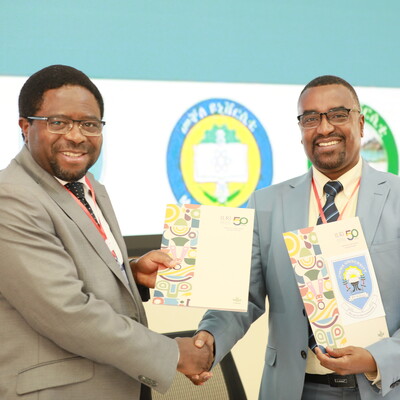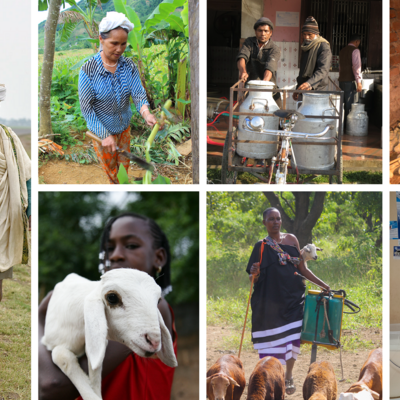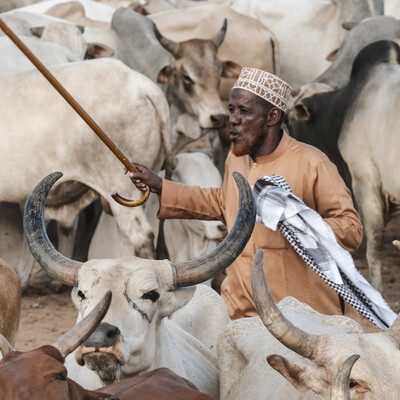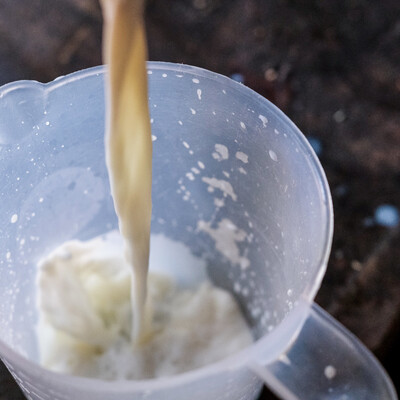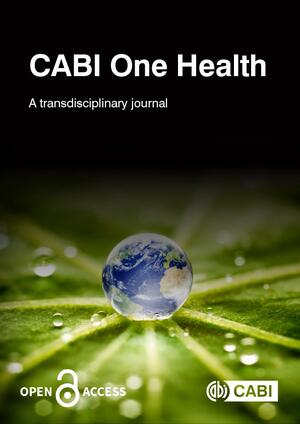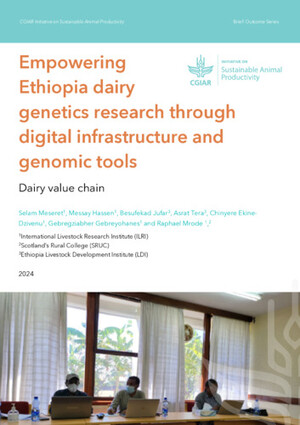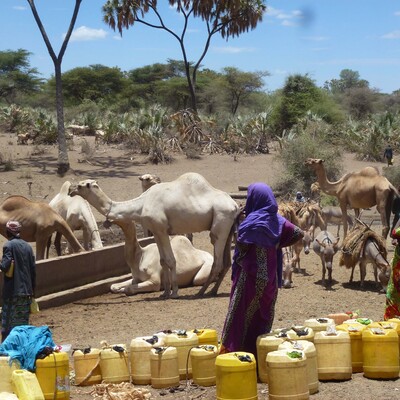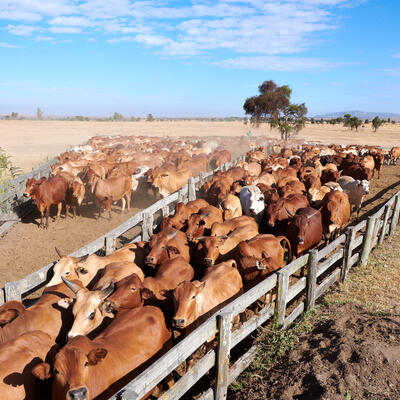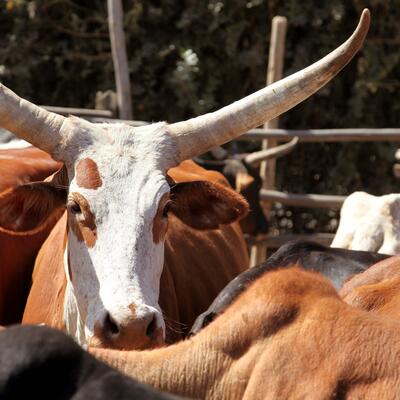
Better smallholder dairying for better incomes and climate resilience by and for the poor
By Lili Szilagyi and Polly Ericksen
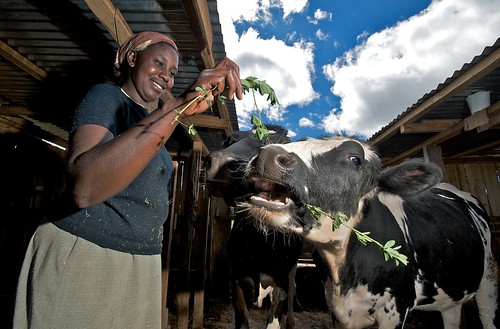 A farmer feeding a dairy cow in Kenya (photo credit: eadairy/Flickr).
A farmer feeding a dairy cow in Kenya (photo credit: eadairy/Flickr).
In response to increasing populations, incomes and consumption of meat, milk and eggs, the livestock sector is growing rapidly throughout the developing world. However, climate change is likely to hurt small-scale livestock production in the coming decades by reducing both the quantity and the quality of forage in some regions and by increasing heat stress in farm animals. The higher average temperatures, more erratic rainfall and more frequent extreme weather events that climate change is causing could also increase the spread and severity of livestock diseases, including those like bird flu, Zika and Ebola that can spread to people.
Improving smallholder dairy: a promising innovation
Fortunately, the smallholder dairy sector offers a wide range of opportunities for enhancing the resilience of small-scale livestock-keeping populations while also increasing their efficiency and productivity and mitigating the greenhouse gas emissions from…
View original post 396 more words







